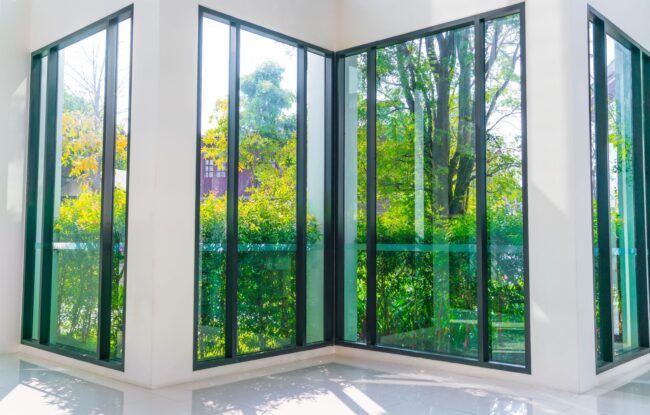
When it comes to modern home upgrades, most conversations focus on aesthetic trends or energy savings. But increasingly, one overlooked topic is stepping into the spotlight: resilient design. In an era of intensifying climate risks, particularly in hurricane-prone areas like Florida, homeowners are realizing that protecting a property goes beyond strong insurance policies—it starts with architectural choices. Impact windows are one of those choices that bridge style, safety, and sustainability in ways we’re only beginning to fully appreciate.
The Shift from Reaction to Prevention
For decades, the conversation around storm preparedness was reactive: sandbags, last-minute plywood boards, and emergency kits. But reactive planning is no longer enough in a climate where Category 4 and 5 storms are becoming the new normal. Home design needs to adapt accordingly—and impact windows represent a shift toward building homes that are inherently disaster-resilient rather than temporarily fortified.
Not Just for Hurricanes: The Multi-Layered Benefits
Many assume impact windows are solely about storm protection. That’s a narrow view. Yes, they’re engineered to withstand flying debris and intense wind pressure, but their utility extends far beyond hurricane season. They reduce external noise by up to 40%, block up to 99% of UV rays, and act as a powerful deterrent to break-ins. In this sense, impact windows are a year-round investment in comfort, security, and peace of mind.
The Cost Conversation: Expense vs. Value
It’s true—impact windows cost more upfront than traditional models. But the question homeowners should be asking isn’t “What’s the cheapest option?” but “What delivers the most long-term value?” Consider the potential savings: lower insurance premiums, fewer post-storm repairs, reduced energy bills due to better insulation, and increased resale value. The return on investment is real, and over time, substantial.
Florida as a Case Study in Climate Resilience
If there’s one state that epitomizes the need for durable construction, it’s Florida. With its dense coastal population and increasing frequency of extreme weather events, local building codes have become some of the most stringent in the country. That’s why homeowners exploring impact windows in Florida are ahead of the curve—not just meeting code but future-proofing their homes for decades to come.
Design Has Entered the Chat
Gone are the days when safety features meant sacrificing style. Impact windows today are available in sleek, modern profiles that enhance curb appeal rather than detract from it. Whether you’re building a coastal contemporary home or updating a historic property, impact windows can blend seamlessly into virtually any architectural vision. This makes them not just a functional upgrade but a design-forward one.
Invisible But Powerful: The Technology Behind the Glass
What makes an impact window “impact-resistant”? It’s not just thicker glass—it’s a laminated interlayer between panes that holds shattered pieces in place, preventing dangerous shards from flying into your home. Many models go through rigorous missile testing to ensure they meet high-performance standards. Behind the calm exterior lies serious engineering, often rivaling that of automotive safety glass.
Insurance Companies Are Paying Attention
Homeowners insurance providers have become key players in the impact window conversation. Many now offer discounts for homes equipped with them, recognizing the reduced risk of property damage. In some areas, not having impact-resistant windows can even lead to higher deductibles after a storm. For insurers, this isn’t just about policy pricing—it’s about risk mitigation. And that tells us everything about the growing value of these installations.
Community Impact: Building Safer Cities One Home at a Time
It’s easy to think of impact windows as an individual choice, but there’s a broader implication at play. Neighborhoods where more homes are fortified can recover faster after storms. Fewer shattered windows mean fewer flying projectiles, less glass littering the streets, and a safer environment for emergency responders. Resilience, in this case, scales—from one home to entire communities.
A Final Thought on Risk and Responsibility
Choosing impact windows is more than a financial or design decision—it’s a reflection of how we view risk, safety, and our role in protecting what matters most. We often look to government bodies or insurance companies to shoulder the burden of disaster planning. But every homeowner has the power to shift from passive risk acceptance to active resilience planning. And that mindset shift starts with tangible decisions—like the windows we choose.
